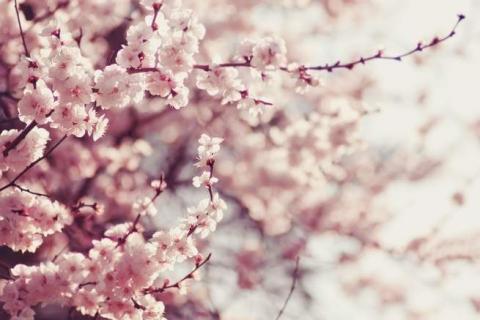
Collingwood Ingram arrived in Nagasaki on 30 March 1926, in what would be the final year of Emperor Taishō’s reign. He left about seven weeks later, "veiled," as he wrote, "in tears." He was never to return to Japan. His visit was essentially a pilgrimage—a sakura angya—that he believed would broaden and deepen his knowledge of cherry culture to a greater degree than all but a few other people in the world. Angya is a Zen Buddhist term that refers to the walking pilgrimage that monks and nuns make as they prepare to become spiritual masters and guides.
This was a bittersweet visit. Not only did Ingram collect new cherry varieties for his garden, but he also visited the most famous cherry locations, met the nation’s top cherry experts and was treated like royalty. And yet, two decades of yearning for a country that, in early adulthood, had taken his breath away evaporated within days.
Ingram’s first impressions were alarming. On 1 April, when his ship steamed through the Inland Sea towards Tokyo, the mountaintops on the island of Shikoku, south of Honshu, were still smothered in snow. Few cherry trees were in full bloom, having been held back by the unusually long winter. That couldn’t be helped, of course, but Ingram’s second impressions were even more disheartening. On Friday, 2 April he travelled from Tokyo to Yokohama, 25 miles south of the capital, to meet the heads of the Yokohama Nursery, one of the main cherry-tree exporters. En route, he witnessed what he described as ‘a litter of untidiness’ that confirmed the disdain he had felt on his previous visits for urban Japan and industrialization. He wrote in his diary:
"The old Oriental towns have been wiped out, and upon their sites are being reared ultra-Occidental buildings of great size and hideousness. It seems to me that Japan is trying to swallow too suddenly and at a gulp, a much too big dose of Western civilization, and that she is suffering in consequence from a sort of violent aesthetic indigestion."

